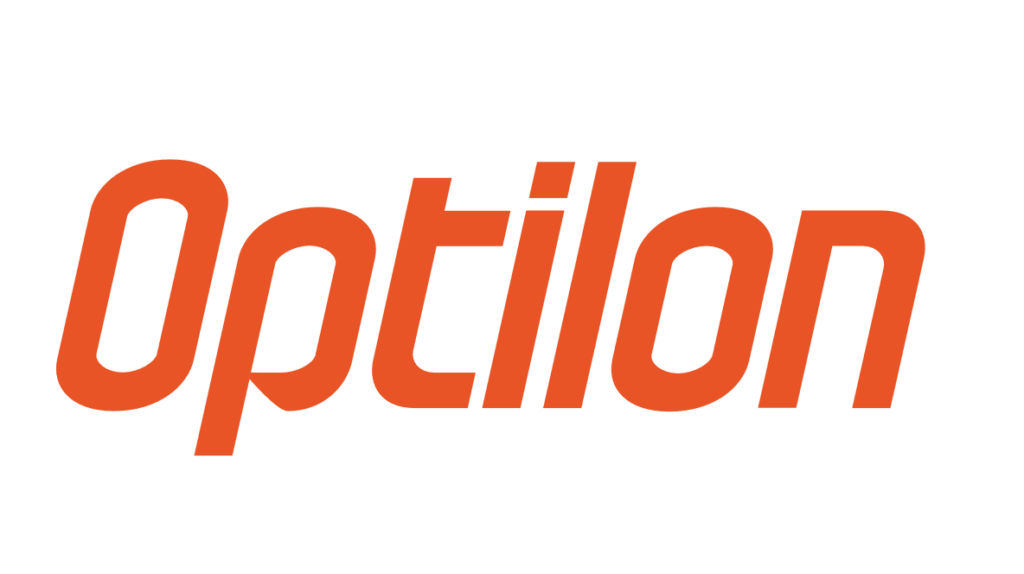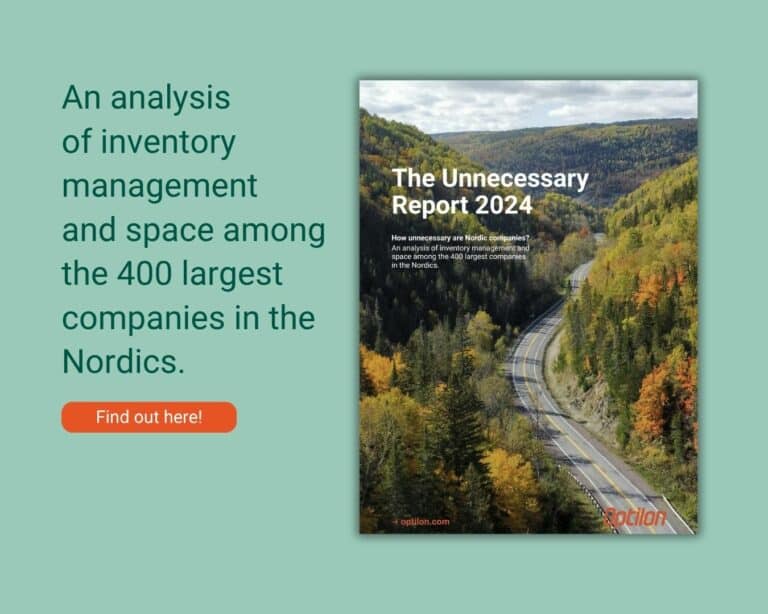Knowledge & Events
Never miss an update!
Join 3000+ subscribers who read the Optilon monthly newsletter and be the first to hear about the latest insights, articles, events and more.
As a thought leader in supply chain, we’re committed to sharing our supply chain knowledge with you to help you become the most competitive in the world. Explore our curated collection of articles, upcoming events, and stay informed with Optilon.
Never miss an update!
Join 3000+ subscribers who read the Optilon monthly newsletter and be the first to hear about the latest insights, articles, events and more.
Articles: Explore supply chain insights, trends, and tips.

From complexity to clarity: Franke’s supply chain transformation with Optilon
Franke tackled global supply chain challenges by partnering with Optilon. The result? A smarter, streamlined, and scalable approach to demand forecasting and planning.

Transforming manual processes into automated supply chain planning: SKF’s journey to a smarter supply chain
How can a global leader in industrial solutions recover when they realize their supply chain is more fragmented than connected? Let’s dive in!

7 supply chain trends 2025: Entering a time of reflection
How should companies navigate supply chain challenges in 2025? Our experts share 7 supply chain trends and how to navigate the evolving supply chain environment.
Featured: The unnecessary report
How unnecessary are Nordic companies?
In our latest report, The Unnecessary Report, we found that the largest Nordic companies are tying up over €23 billion in unnecessary inventory.
The main reasons? Disconnected planning, outdated tools, siloed systems, and unclear ownership.
It’s not just about cutting costs. It’s about unlocking capital, improving agility, and building a supply chain that can handle whatever comes next.
News: Stay up to date with Optilon.

How tariff changes are disrupting supply chains and what companies need to know
Tariff changes are shaking up supply chains worldwide. Discover what your company must know to stay ahead and avoid costly disruptions in 2025!

Get ready for the Optilon Supply Chain Conference 2025
The countdown for the Optilon Supply Chain Conference 2025 has officially begun! Join us on September 4, 2025, in Stockholm!

Sustainable supply chains: Key benefits, challenges, and trends you need to know
Dive into the future of supply chains where sustainability meets efficiency, resilience, and innovation. Explore key benefits, challenges, and trends shaping tomorrow’s green logistics landscape.
Events: Discover our upcoming happenings.

Optilon Supply Chain Conference 2025
In a world where unpredictability has become the norm, the ability to adapt is no longer optional—it’s essential. From global disruptions like pandemics and geopolitical crises to rapid technological advancements, the pace of change is accelerating, challenging businesses to rethink how they operate.

Optilon Supply Chain Conference 2025
In a world where unpredictability has become the norm, the ability to adapt is no longer optional—it’s essential. From global disruptions like pandemics and geopolitical crises to rapid technological advancements, the pace of change is accelerating, challenging businesses to rethink how they operate.
Optilon in social media





